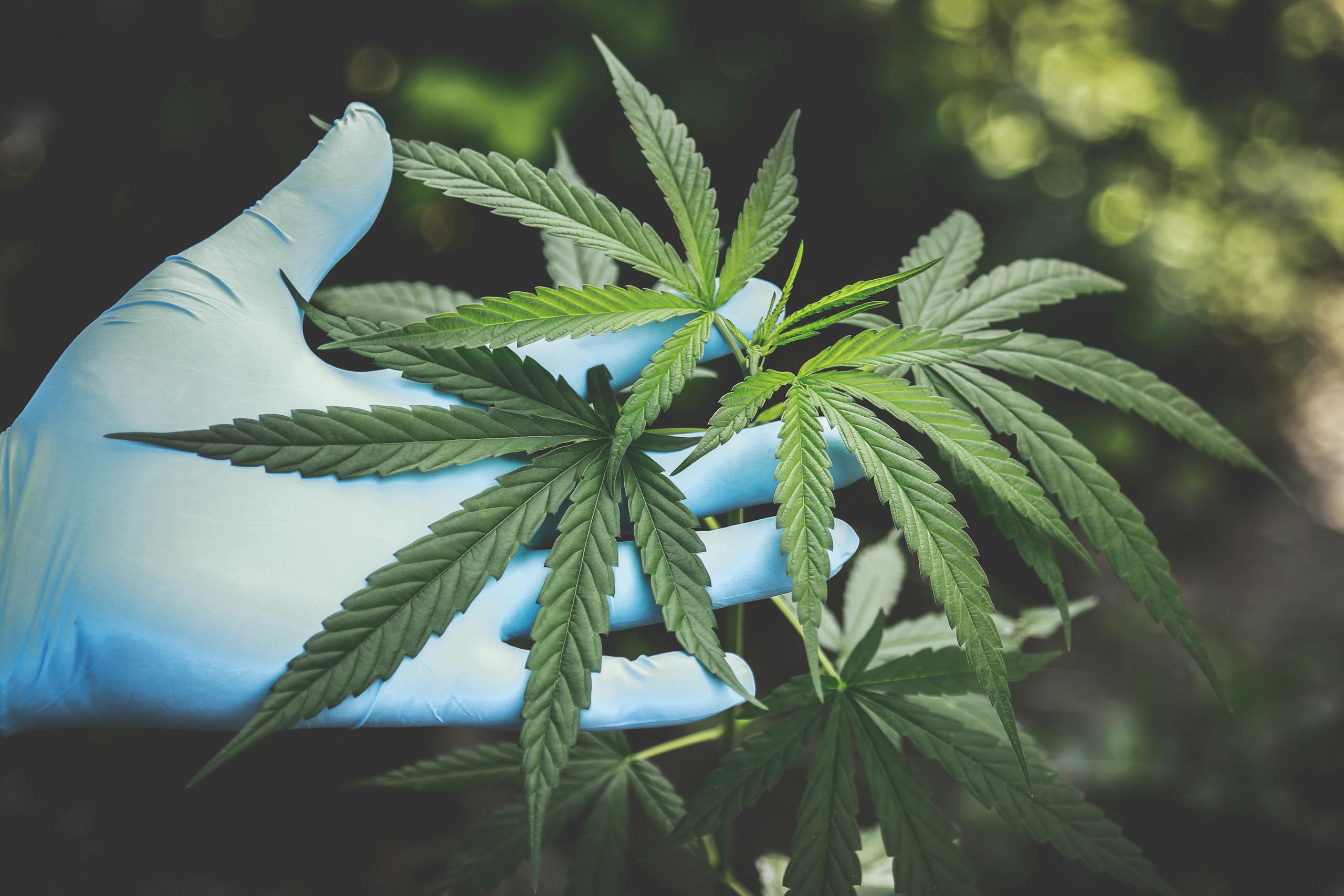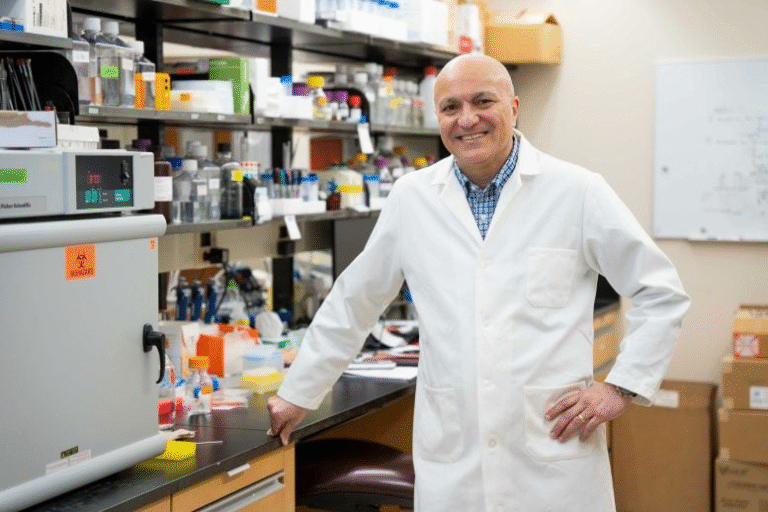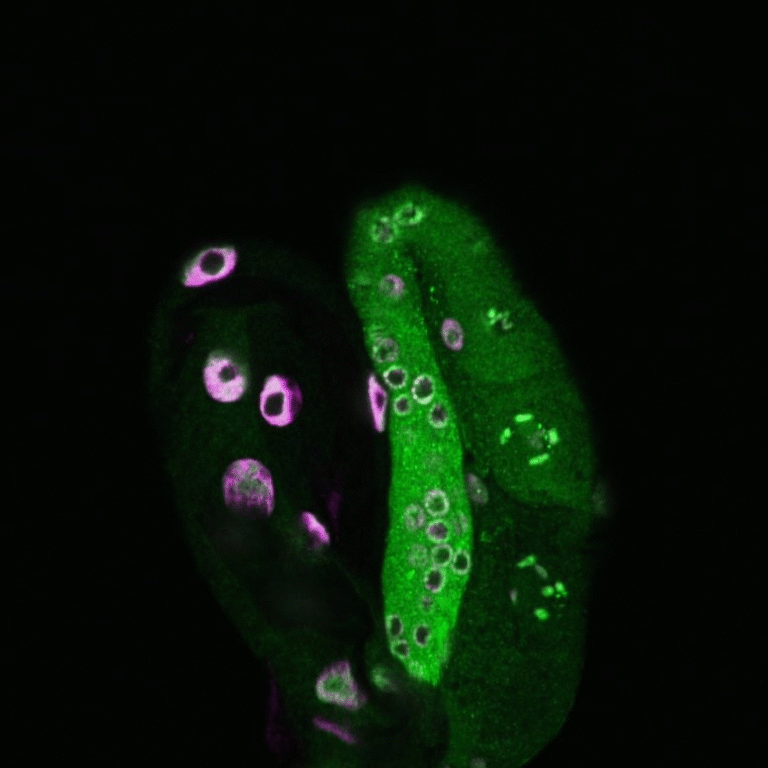Your DNA Might Reveal Your Cannabis Habits – Scientists Find Dozens of Genes Linked to Cannabis Use

A new large-scale genetic study has taken a deep dive into how our genes influence cannabis use, uncovering dozens of DNA regions tied to when and how often people use cannabis—and even hinting at links with mental health, cognition, and physical conditions. The research, led by the University of California, San Diego School of Medicine in collaboration with 23andMe, has been published in Molecular Psychiatry and is already being seen as a major step forward in understanding cannabis use from a biological perspective.
The Study in Detail
The team conducted a genome-wide association study (GWAS), which is a powerful method used to identify specific genetic variations associated with particular behaviors or traits. In this case, researchers examined data from 131,895 participants who are part of the 23andMe research database.
Each participant provided information on whether they had ever used cannabis, and for those who had, how frequently they used it. That allowed the researchers to explore two key behaviors:
- Lifetime cannabis use (whether someone has ever used cannabis).
- Frequency of cannabis use (how often they consume it).
By scanning millions of genetic markers across these participants’ genomes, the team identified two major genes linked to cannabis use behaviors—CADM2 (Cell Adhesion Molecule 2) and GRM3 (Metabotropic Glutamate Receptor 3)—as well as dozens more with smaller effects.
Key Genetic Findings
The CADM2 gene stood out prominently. It’s known to be involved in neural connectivity and communication between brain cells. Previous research has linked CADM2 to impulsivity, obesity, and even cancer metastasis. In this new study, CADM2 was associated with both trying cannabis and how frequently people used it.
The second key gene, GRM3, plays a vital role in communication between neurons through glutamate signaling, a major chemical messenger in the brain. GRM3 has been linked in other studies to psychiatric conditions such as schizophrenia and bipolar disorder, which makes its connection to cannabis use particularly interesting.
Beyond these two, the team’s analysis revealed an additional 40 genes connected to lifetime cannabis use and four linked to frequency of use—with 29 of these genes being newly discovered in relation to cannabis behavior.
This means scientists are now seeing a much broader and more detailed genetic landscape influencing cannabis habits than ever before.
How Strong Are These Genetic Influences?
When scientists talk about “heritability,” they refer to how much of the variation in a trait (like cannabis use) can be explained by genetics. In this case, the researchers found that about 13% of the variation in lifetime cannabis use could be explained by common genetic factors, while frequency of use had a smaller but still meaningful genetic component.
The study also found a moderate overlap between genes influencing whether someone tries cannabis and how often they use it—suggesting that while related, these two behaviors have distinct genetic roots.
Genetic Links to Mental, Cognitive, and Physical Health
One of the most revealing parts of this study was how cannabis-related genes overlap with genes associated with other conditions. By comparing their findings with large health databases such as the NIH’s All of Us Research Program and the Vanderbilt University Medical Center Biobank, the team discovered that people with a higher genetic likelihood of cannabis use also tend to have genetic overlaps with:
- Psychiatric traits, including schizophrenia, ADHD, depression, and anxiety.
- Cognitive traits, such as executive function, educational attainment, and risk-taking behavior.
- Physical health conditions, including diabetes, chronic pain, and coronary artery disease.
- Substance use behaviors, particularly tobacco and alcohol consumption.
Interestingly, cannabis-related genes were also correlated with greater risk for certain infectious and autoimmune diseases, including HIV, viral hepatitis, and autoimmune conditions.
Differences Between Lifetime Use and Frequency
The researchers didn’t just look at who had ever used cannabis—they also studied how often people used it. And the genetics behind those two behaviors aren’t identical.
For instance, while lifetime cannabis use was genetically linked to lower educational attainment and reduced cognitive performance, frequency of use was paradoxically associated with higher scores in intelligence and executive function measures.
This doesn’t mean frequent users are “smarter”—it simply shows that the genetic patterns tied to frequent cannabis use overlap with those connected to higher cognitive ability. The reasons for this are still unclear and likely involve social and environmental factors as well.
Polygenic Scores and Broader Health Associations
The researchers also created polygenic scores (PGS)—essentially a number that estimates someone’s genetic likelihood of using cannabis. When these scores were tested in large independent groups, they predicted not only cannabis use but also related behaviors like daily use, problematic use, and other substance use disorders.
However, genetics explained only a small fraction (around 1%) of why people use cannabis or develop related problems. That’s important: genes contribute, but environment, culture, and personal experience play a much larger role.
A related analysis called a phenome-wide association study (PheWAS) found that people with higher genetic scores for cannabis use were also more likely to show links with tobacco use disorder, alcohol dependence, mood disorders, suicidal behavior, and certain biological markers such as blood cell counts and complement proteins.
What Makes This Study Unique
Most past studies have focused on people with cannabis use disorder (CUD)—the condition where cannabis use starts to interfere with daily life. This new research is different: it looks at behaviors that come before a disorder develops.
By studying early-stage behaviors like trying cannabis or using it occasionally, the team hopes to map out how genetic risk unfolds over time—from first exposure to possible dependence.
That’s crucial, because there are currently no FDA-approved medications to treat cannabis use disorder. Understanding the biology behind early cannabis use could eventually point scientists toward new therapeutic targets and prevention strategies.
Why the Findings Matter
This research doesn’t claim that genes cause cannabis use or addiction. What it shows is that certain genetic patterns can make some people more likely to try or continue using cannabis, especially when environmental factors support that behavior (like easy access or social acceptance).
It also helps clarify how cannabis use fits into a broader web of mental and physical health, suggesting shared biological pathways that could be influencing multiple aspects of human behavior and well-being.
As cannabis becomes more widely legal and socially accepted in many regions, understanding these genetic connections could help inform safer public health strategies and more personalized prevention efforts.
Limitations and What’s Next
Every study has limitations, and this one is no exception.
- Self-reported data: Participants answered questions about their own cannabis use, which can be prone to memory errors or bias.
- Lack of diversity: The majority of participants were of European ancestry, meaning results may not apply equally to other populations.
- Simplified measures of use: Frequency was based on the number of days used during the heaviest 30-day period, not on lifetime patterns or dosage.
- Small genetic effect: Even though dozens of genes were identified, they only explain a small piece of the overall picture.
Future studies will need to include more diverse populations, more precise measures of use (e.g., age of first use, THC potency), and long-term tracking to see how genetics and environment interact over time.
Understanding CADM2 and GRM3: The Brain Genes Behind the Buzz
Both CADM2 and GRM3 are active in the central nervous system, and both influence how brain cells talk to each other.
CADM2, in particular, is a “cell adhesion molecule,” meaning it helps neurons form and maintain connections. Variants in this gene have been tied to impulsive behavior, risk-taking, and reward processing—all factors that could make a person more likely to experiment with substances.
GRM3 encodes a metabotropic glutamate receptor, part of a major neurotransmitter system involved in learning, memory, and mood regulation. Changes in GRM3 activity have been linked with psychiatric disorders like schizophrenia and bipolar disorder, and now, apparently, patterns of cannabis use.
The discovery of these and other genes offers clues about the molecular pathways that might be driving not just cannabis behaviors but also how the brain responds to substances more broadly.
The Bigger Picture: Genes, Environment, and Cannabis Use
Genetics is one part of the puzzle, but the environment still plays the starring role. Family attitudes, social norms, access to cannabis, stress levels, and even local laws all shape patterns of use.
In fact, research suggests that while genetics might determine someone’s sensitivity or curiosity toward cannabis, environmental factors often determine whether that curiosity turns into regular use or dependency.
It’s also worth noting that cannabis use and cannabis use disorder are not the same thing. Many people try cannabis without ever developing problems. But around 30% of users may experience symptoms of dependency or problematic use.
Understanding genetic risk early could help predict who might be more vulnerable to developing cannabis use disorder, allowing doctors or counselors to offer better prevention or early interventions.
What This Means for the Future
While the findings are not yet ready to be used in clinical settings, they point toward a future where genetic insights could guide personalized prevention strategies. For example, if someone’s genetic profile suggests a higher vulnerability to substance dependence, they might benefit from earlier education or targeted counseling.
In the long term, identifying the biological mechanisms behind cannabis use could help scientists develop new treatments—possibly even medications that target specific pathways involved in addiction, mood regulation, or impulse control.
For now, these findings are helping scientists piece together how biology and behavior interact in shaping our relationship with substances like cannabis. And as the social and legal landscape around cannabis continues to change, that knowledge is more relevant than ever.





